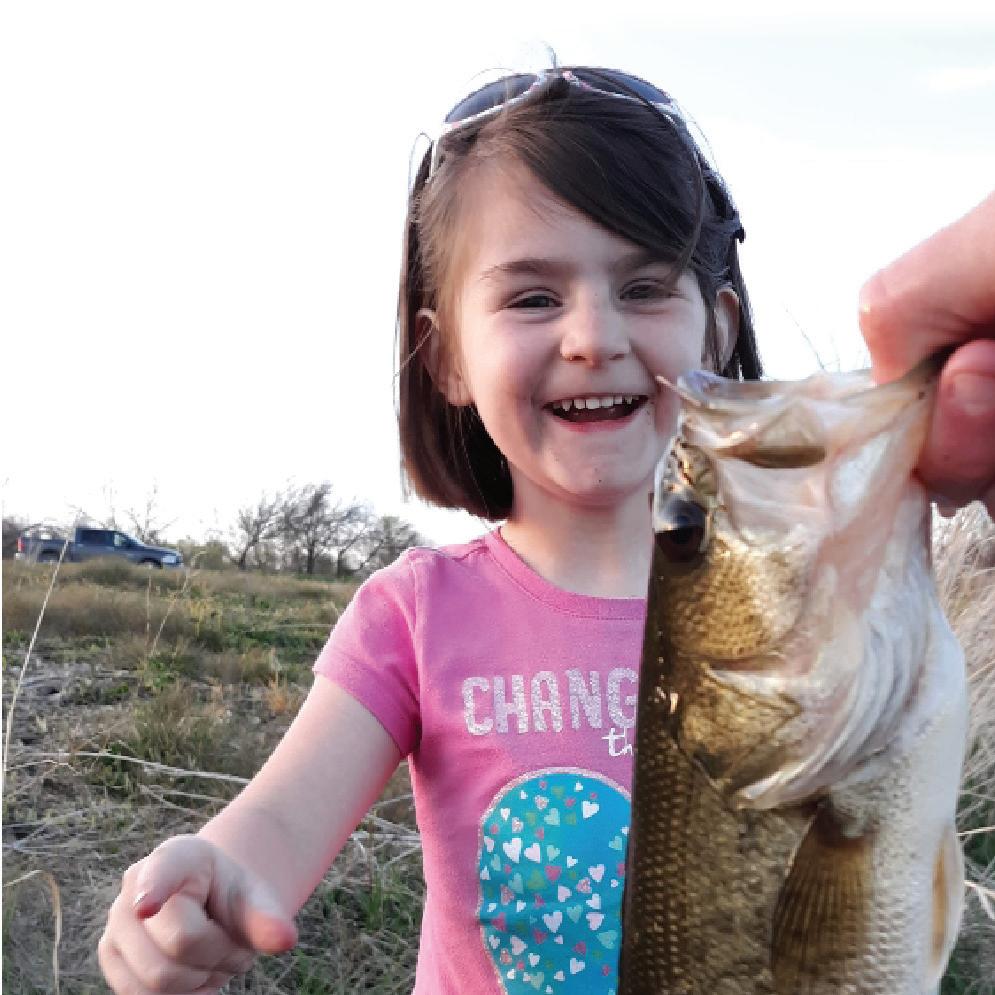
2 minute read
Thoughts from the Trails Tech
Derek Seward
You may be asking yourself, what is trail infrastructure? I personally view trail infrastructure as anything that affects the tread surface of a trail. Think of everything from a tree root or rock to a bridge across a creek. Incorporating infrastructure requires a great deal of planning and consideration, as well as a lot of maintenance. So, why do we bother with high-maintenance, engineered structures? Can’t we just have simple single track trails?
Advertisement
That approach might be ok in some places, but if we want a cohesive trails system that will last long into the future, we have to responsibly incorporate infrastructure that will increase stability and accessibility. For example, we need stairs to get down slopes and bridges to get across ravines. We recently replaced 90 steps in McFarland Park (on the George Clark trail) that will now be better able to hold soil in place and stabilize the ridge top. Water bars (a raised, diagonal wood/stone element) are installed along the trail to preserve the tread surface by directing water off the trail and capturing any moving sediment.

Before installing trail infrastructure there’s a lot of planning involved! We consider aesthetics, longevity, materials, and of course the needs of the landscape. We examine where water is coming from and how will it interact with the trail feature. We think about potential issues with erosion, both in the immediate future and long down the line. We typically strive for a more “natural” appearance, meaning we use stone and wood more often than metal and concrete (after all... you are there to experience nature!). But there’s a balance; sometimes there is sacrifice in aesthetic value for greater longevity.
As you can see, trail infrastructure is actually a little bit complex! Next time you cross a bridge or notice water bars, you’ll know that a lot of care and thought went into its design and placement. Want to help us make improvements like this to your county trails? Watch for volunteer workdays or get in touch with us about the skills you’d like to share.
Woodland Wonders
Watch for the beautiful orange blooms of Michigan Lilies in July. They’ve been spotted in the woods in several county parks.

A Conservation & Community Leader

Take the Lead Go Lead-Free &
We’re finding ourselves feeling thankful for Ted Tedesco! Ted is a fixture in the community and a leader in many regards, and was recently recognized as a “History Maker” by the Ames Historical Society. What a fitting award--his conservation history alone is worth celebrating.

Ted has served on the Story County Conservation Board since 2009 and has guided us through a lot of change. Not only is he the Tedesco Environmental Learning Corridor’s namesake but a key driver in the vision and creation of that park. “He is a visionary--a true champion for a conservation ethic,” remarked SCC Director Michael Cox. Thank you Ted for everything you do for conservation in Story County!
Lead is toxic to animals and people. Commonly found in tackle, there are safer alternatives such as steel, tungsten, and tin.

Did you know?
Coatings aren’t enough to prevent lead poisoning.
Ready to get the lead out?
Don’t trash it! Contact the Ames Resource Recovery Plant for hazardous waste disposal or drop off at the Story County Conservation Center.
Tackle packaging will say whether it’s lead or not.

If you want to check what’s already in your tackle box, look for a dull, dark grey color, see if it makes a mark on paper, or is easy to pinch with pliers.










